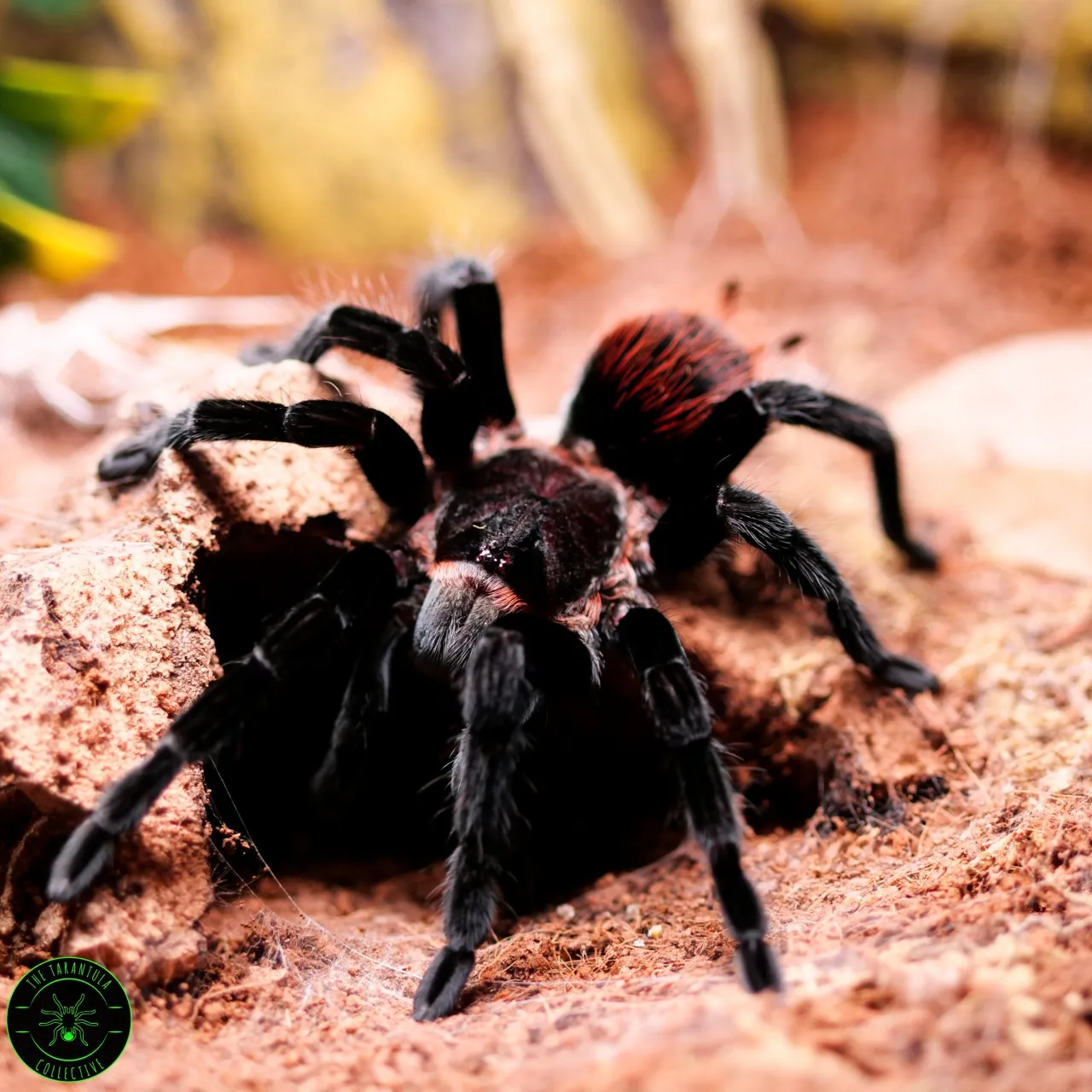Vagans Tarantula Care Essential Habitat Needs
Caring for a Vagans tarantula, like any pet, starts with providing a suitable habitat. A well-designed enclosure is not only vital for the spider’s well-being but also contributes to its overall health and longevity. This section will delve into the critical aspects of setting up the perfect environment for your Vagans tarantula, ensuring it thrives in captivity. The right habitat setup closely mimics their natural environment, creating a comfortable and safe space where your tarantula can flourish. Proper care greatly reduces stress and promotes normal behaviors.
Enclosure Size and Setup
Choosing the right enclosure size is the first step in providing a suitable habitat. For a Vagans tarantula, a terrestrial species, the enclosure should be wider than it is tall, offering plenty of floor space for roaming. A juvenile Vagans can thrive in a 5-10 gallon tank, while a fully grown adult will need a larger enclosure, ideally a 10-20 gallon tank or even bigger, depending on the individual spider’s size. The enclosure should have a secure lid to prevent escape, as these spiders are known to be fast. Ensure proper ventilation by incorporating air holes in the top and sides of the enclosure, which is crucial for air circulation and preventing mold growth.
Substrate Selection and Depth
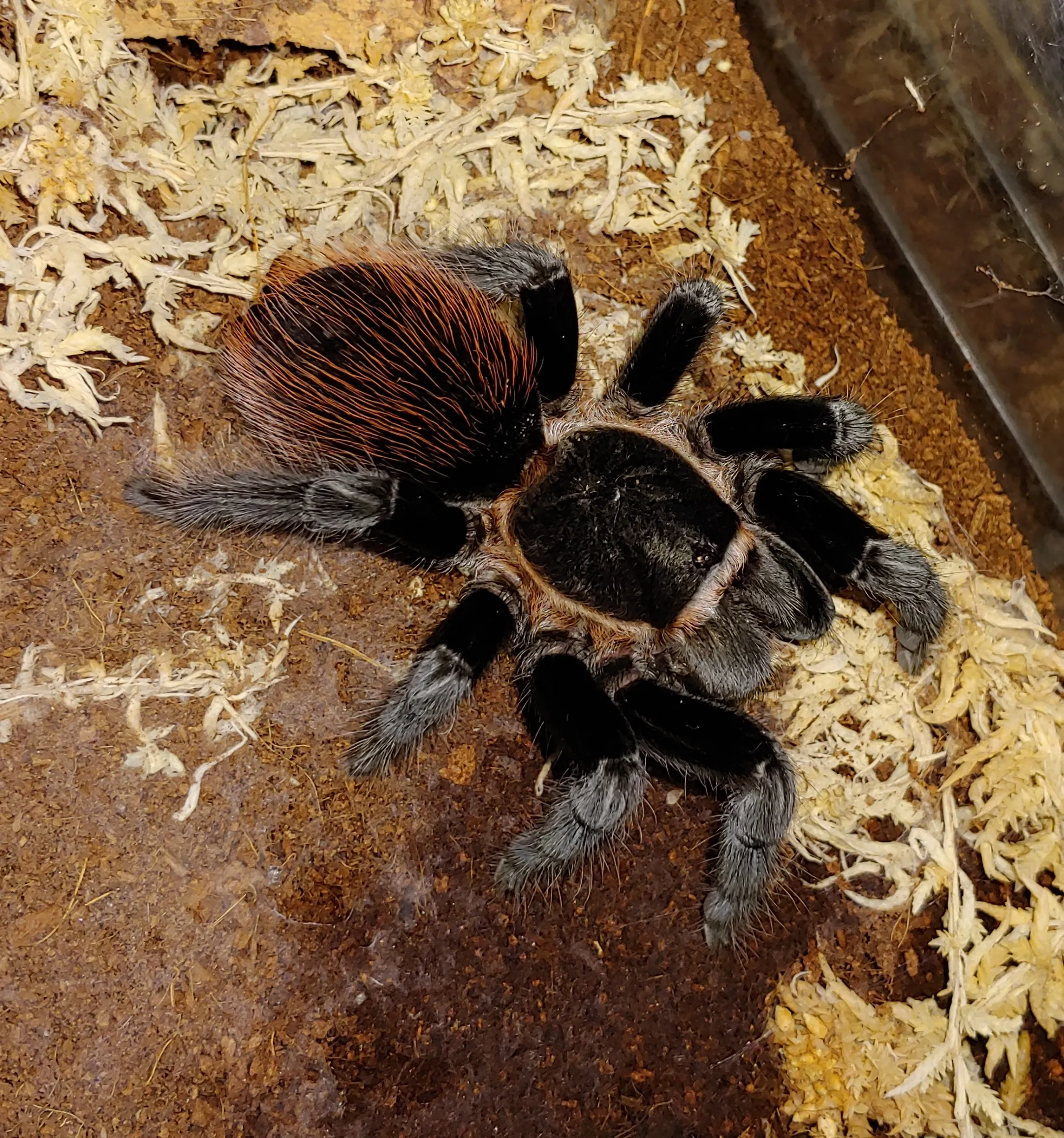
The substrate is the foundation of your tarantula’s habitat, serving as both a bedding and a medium for burrowing. For a Vagans, a substrate that allows burrowing is essential, as they often create elaborate burrows for shelter. A good substrate mix includes a combination of peat moss, coconut fiber, and a bit of vermiculite or sphagnum moss to retain moisture. The depth of the substrate should be at least 4-6 inches for juveniles and 6-8 inches or more for adults, allowing them to dig and feel secure. Avoid using cedar or pine shavings, as these can be toxic to tarantulas. Regularly check the substrate for cleanliness and replace it as needed to maintain a healthy environment. This helps to prevent bacterial growth and promotes proper molting cycles.
Temperature and Humidity Guidelines
Maintaining the correct temperature and humidity levels is vital for the health and well-being of your Vagans tarantula. The ideal temperature range is between 75-85°F (24-29°C). You can use a heat mat attached to the side of the enclosure to provide a gentle heat source. Avoid placing the heat mat directly under the enclosure, as this can cause the substrate to dry out too quickly. Humidity levels should be kept between 60-70%. You can monitor humidity with a hygrometer. To maintain humidity, lightly mist the enclosure once or twice a week, ensuring that the substrate remains slightly damp but not waterlogged. Proper temperature and humidity support the molting process and overall vitality of the tarantula. Ensure proper ventilation to regulate humidity.
Essential Accessories for Tarantula
Several accessories are crucial for creating a comfortable and enriching environment for your Vagans tarantula. A shallow water dish is a must-have; it provides a constant source of fresh water. Make sure the water dish is shallow enough to prevent the tarantula from drowning. Include a hide or shelter, such as a piece of cork bark, a half log, or a commercially available hide, to provide a sense of security. Live or artificial plants can add a touch of natural beauty and can help maintain humidity. Ensure any decorations are securely placed to prevent them from falling and potentially harming your tarantula. Regularly inspect all accessories for cleanliness and replace them as needed. Providing these essential accessories ensures your tarantula has a comfortable and stimulating habitat.
Feeding Your Vagans Tarantula
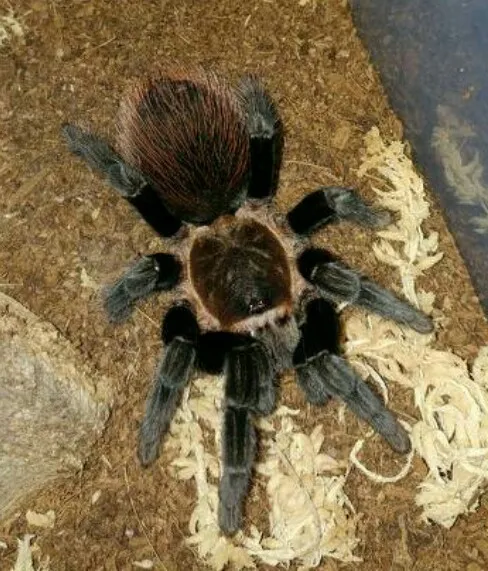
Proper feeding is crucial to the health and growth of your Vagans tarantula. Understanding what to feed, how often, and how much will ensure your pet thrives. This section will guide you through the essential aspects of feeding your tarantula, helping you to provide a balanced diet that promotes its well-being and natural behavior. It is important to remember that tarantulas have different dietary requirements than other pets, and a well-planned feeding schedule contributes significantly to their overall health and longevity.
Appropriate Food Items
The primary diet for a Vagans tarantula consists of live insects. Crickets, mealworms, and roaches are excellent choices, providing essential nutrients for growth and energy. The size of the food item should be appropriate for the size of your tarantula; generally, the prey should be no larger than the tarantula’s body length. Avoid feeding your tarantula wild-caught insects, as they may carry parasites or pesticides that can harm your pet. It’s also important to gut-load the insects before feeding them to your tarantula. Gut-loading involves feeding the insects nutritious food, such as vegetables and commercial insect food, which will then be passed on to your tarantula when it eats the prey. This helps in enriching the nutritional value of the meal.
Feeding Frequency and Portion Sizes
Feeding frequency depends on the tarantula’s age and growth stage. Spiderlings and juveniles should be fed more frequently, approximately twice a week, to support their rapid growth. Adult tarantulas can be fed less often, typically once every one to two weeks. Monitor your tarantula’s abdomen; a well-fed tarantula will have a plump abdomen. If the abdomen is too thin, you may need to increase the feeding frequency. Overfeeding should be avoided, as it can lead to obesity and health issues. Remove any uneaten prey within 24 hours to prevent stress and potential harm to your tarantula. Adjust the portion size based on the size of the tarantula and the size of the prey. Smaller prey should be offered in multiples.
Watering and Hydration Techniques
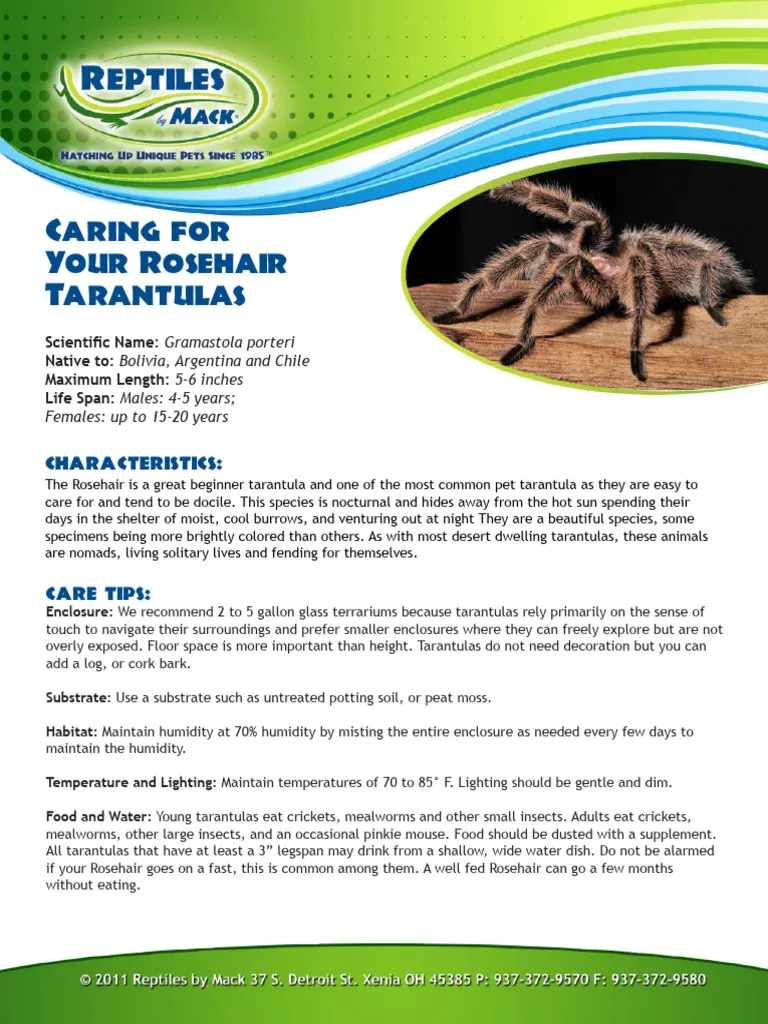
Water is essential for the survival of your Vagans tarantula. Provide a shallow water dish filled with fresh, clean water at all times. Ensure the water dish is shallow enough to prevent your tarantula from drowning. Regularly check the water dish and refill it as needed. In addition to a water dish, you can also mist the enclosure lightly, but avoid over-misting, as this can lead to excessive humidity and mold growth. Be sure to use dechlorinated water or bottled water. Avoid tap water, as it may contain chemicals harmful to your tarantula. Proper hydration is crucial for molting and overall well-being.
Handling and Safety Precautions
Handling a Vagans tarantula should be approached with caution and respect. While these spiders are not typically aggressive, they can bite if they feel threatened. This section will provide guidance on how to handle your tarantula safely and understand its behavior to minimize stress and ensure a positive experience for both you and your pet. Understanding the spider’s temperament and its need for a secure environment is paramount to safe handling practices. Always prioritize the safety of your tarantula and yourself.
Understanding Tarantula Behavior
Before handling your Vagans tarantula, it is important to understand its behavior. Tarantulas are generally solitary creatures, and they prefer to be left alone. They are most active at night and may hide during the day. Observe your tarantula’s behavior to understand its mood and any signs of stress. Signs of stress can include defensive postures, such as raising its front legs or flicking hairs. A tarantula that is ready to molt may also appear lethargic and refuse food. If your tarantula exhibits any signs of stress, it is best to avoid handling it. Recognizing the spider’s behavior and adapting your handling approach accordingly promotes a stress-free environment.
Handling Techniques and Tips
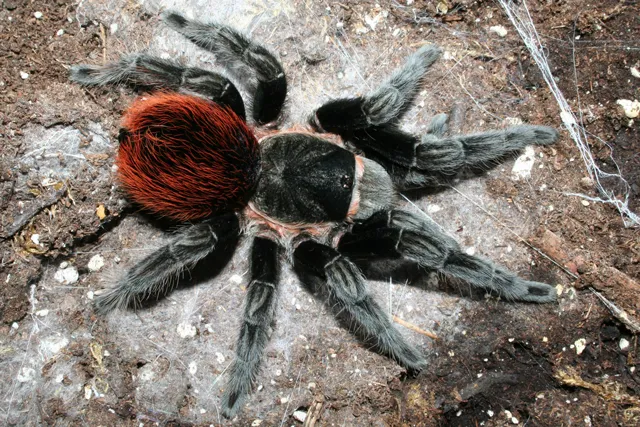
If you choose to handle your Vagans tarantula, do so with care and gentle movements. Approach the tarantula calmly and speak in a quiet voice. Avoid sudden movements or loud noises, as these can startle the spider. When handling, gently encourage the tarantula to walk onto your hand. Do not grab or squeeze the tarantula. Always handle the tarantula over a soft surface, such as a bed or a carpet, to prevent injury if it falls. Wash your hands thoroughly before and after handling your tarantula. Always supervise children when they are interacting with the tarantula. Keep handling sessions short and minimize handling to reduce stress on the tarantula.
Recognizing Signs of Stress
It’s important to recognize signs of stress in your Vagans tarantula to ensure its well-being. A stressed tarantula may exhibit several behaviors. The spider might adopt a defensive posture, raising its front legs or displaying its fangs. It might flick hairs from its abdomen. Rapid movement or a reluctance to move can also indicate stress. A stressed tarantula may also refuse food and become lethargic. If you observe any of these signs, it is best to leave your tarantula undisturbed and provide it with a quiet, secure environment. Ensure that the enclosure is set up to provide the right temperature and humidity to promote a stress-free environment. A stressed tarantula may also exhibit a loss of appetite or a decrease in activity levels.
Health and Common Issues
Maintaining the health of your Vagans tarantula involves recognizing and addressing potential health issues promptly. Common problems can range from minor injuries to more serious conditions that require immediate attention. This section will guide you through identifying, treating, and preventing common health issues, ensuring your tarantula lives a long and healthy life. Understanding potential health issues enables you to provide appropriate care and seek professional veterinary help when needed. Regular observation and proactive measures can prevent many problems from arising.
Identifying and Treating Common Diseases
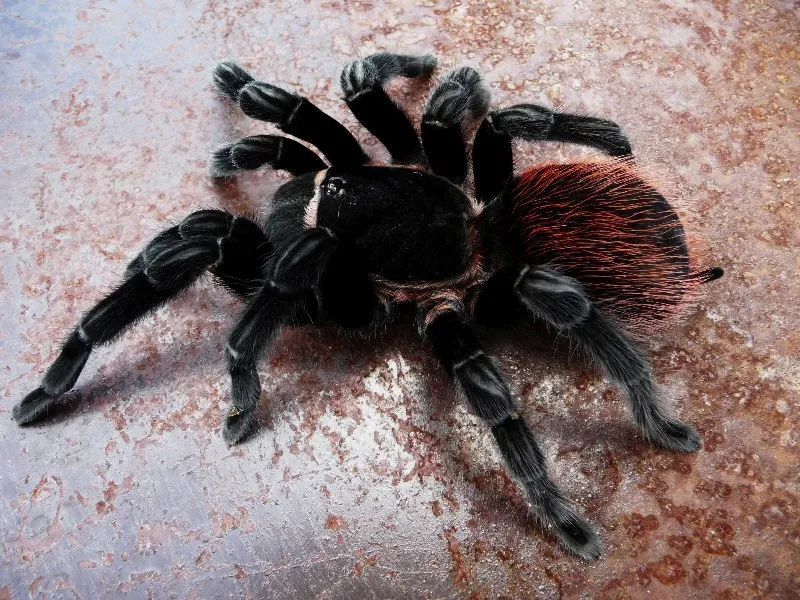
While tarantulas are generally hardy, they can be susceptible to certain diseases. Common issues include fungal infections, parasites, and injuries. Fungal infections can arise from poor hygiene or high humidity. Symptoms include discoloration or lesions on the tarantula’s body. Treat fungal infections by improving the enclosure’s hygiene and seeking veterinary advice for appropriate antifungal medication. Parasites are less common but can be problematic. Quarantine new tarantulas and inspect them for parasites. Injuries can occur during molting or handling. Minor injuries can heal on their own, but serious injuries require veterinary intervention. Always maintain a clean enclosure and appropriate environmental conditions. Remove uneaten prey and clean up any waste to minimize the risk of infections.
Molting Process and Care
Molting is a natural process where the tarantula sheds its exoskeleton to grow. During molting, the tarantula is vulnerable. Provide a safe and undisturbed environment during this time. Before molting, the tarantula may stop eating, become lethargic, and spend more time in its burrow. The tarantula will typically lie on its back to molt. Do not disturb the tarantula during molting. Once the molt is complete, the tarantula’s new exoskeleton will be soft and vulnerable. Do not feed the tarantula until its fangs have hardened, which can take a few days. Provide fresh water. A healthy molt is a sign of a healthy tarantula.
Preventive Care Measures
Preventive care is essential for keeping your Vagans tarantula healthy. Maintain a clean and hygienic enclosure. Regularly clean the enclosure and replace the substrate. Provide appropriate temperature and humidity levels. Ensure the enclosure has proper ventilation. Feed your tarantula a balanced diet of live insects. Monitor your tarantula for any signs of illness or stress. Quarantine any new tarantulas to prevent the spread of diseases. Avoid handling your tarantula unnecessarily. Regular observation and care can greatly reduce the risk of health problems. Consider consulting with a veterinarian who specializes in exotic animals for preventative checkups.
Breeding Your Vagans Tarantula
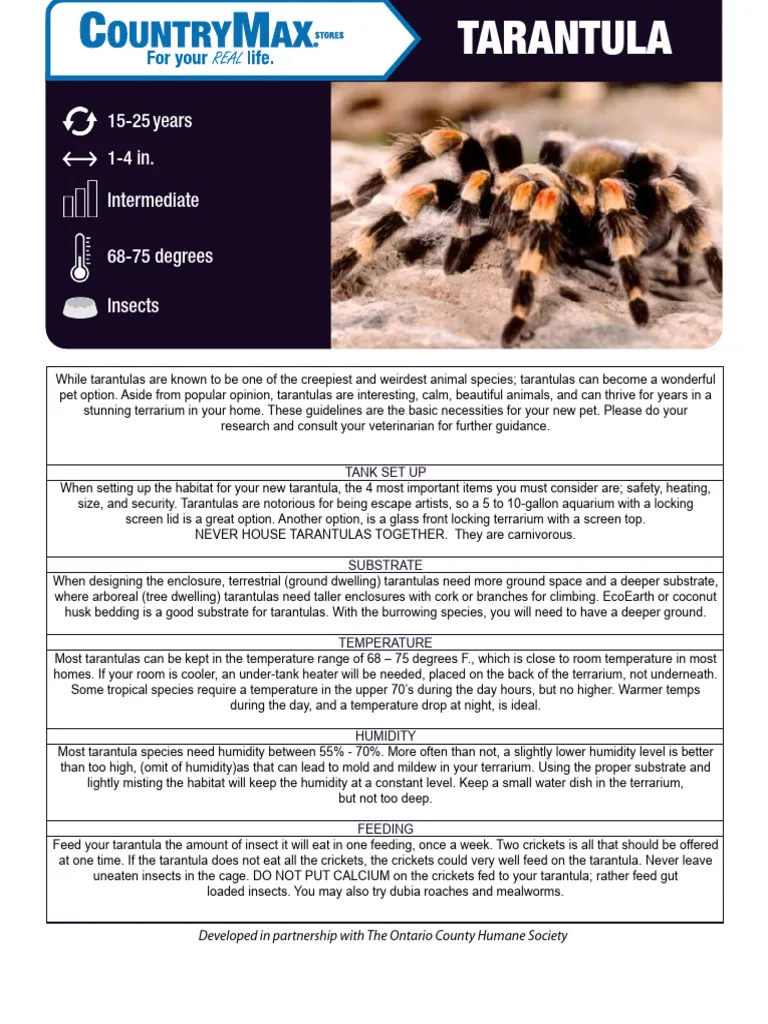
Breeding Vagans tarantulas can be a rewarding experience, but it also involves careful planning and consideration. Successfully breeding tarantulas requires knowledge of their reproductive behaviors, proper handling techniques, and suitable environmental conditions. This section will provide insights into the essential steps involved in breeding, from sexing your tarantula to managing the egg sac and raising spiderlings. Understanding the intricacies of breeding will significantly increase the chances of success and contribute to the conservation of this fascinating species.
Determining the Sex of Your Tarantula
Determining the sex of a Vagans tarantula is essential for breeding. The most reliable method involves examining the tarantula’s molt. After the tarantula molts, you can examine the shed exoskeleton under magnification. Look for the presence of spermathecae, which are reproductive structures found in females. Males typically have a small hook on their front legs, which they use to hold the female’s fangs during mating. These hooks are usually visible. While it can be difficult to determine the sex of juveniles, it becomes easier as they mature. Consulting with experienced breeders or using online resources can help in accurately determining the sex of your tarantulas.
Mating and Egg Sac Management
Mating Vagans tarantulas involves carefully introducing the male to the female’s enclosure. It is crucial to monitor the process closely and be prepared to separate the tarantulas if the female becomes aggressive. The male will usually drum his legs to attract the female. If the female is receptive, she will allow the male to mate. After mating, it is best to separate the male and female. The female will then produce an egg sac, which she will protect. Remove the egg sac after about 3-6 weeks. Keep the egg sac in a secure container with appropriate temperature and humidity. The female might eat the eggs, so remove the egg sac as soon as possible. Carefully monitor the egg sac for any signs of mold or damage.
Raising Spiderlings
Once the spiderlings hatch, they need special care. Keep the spiderlings in small containers with appropriate substrate and ventilation. Provide small insects like flightless fruit flies or pinhead crickets as food. Spiderlings should be fed frequently, approximately every 2-3 days. Monitor the spiderlings for cannibalism, and separate any that appear aggressive. Provide fresh water. As the spiderlings grow, gradually increase the size of their enclosures. Consistent feeding and attention to environmental conditions are critical during this phase. Proper care and the provision of food and water are critical for successful spiderling rearing. Regular observation is necessary to identify and address any issues.
